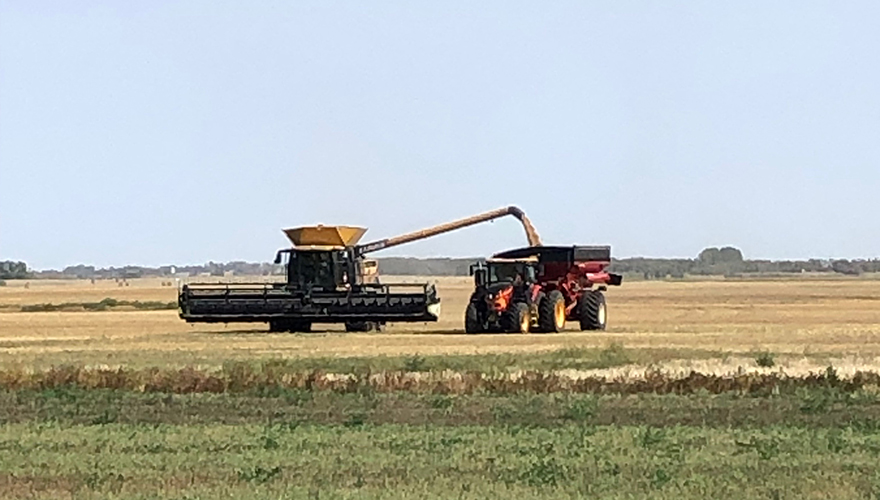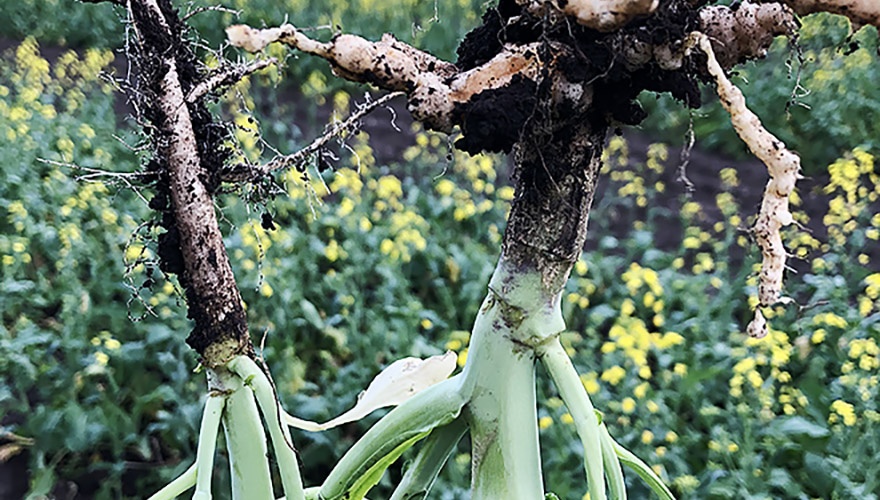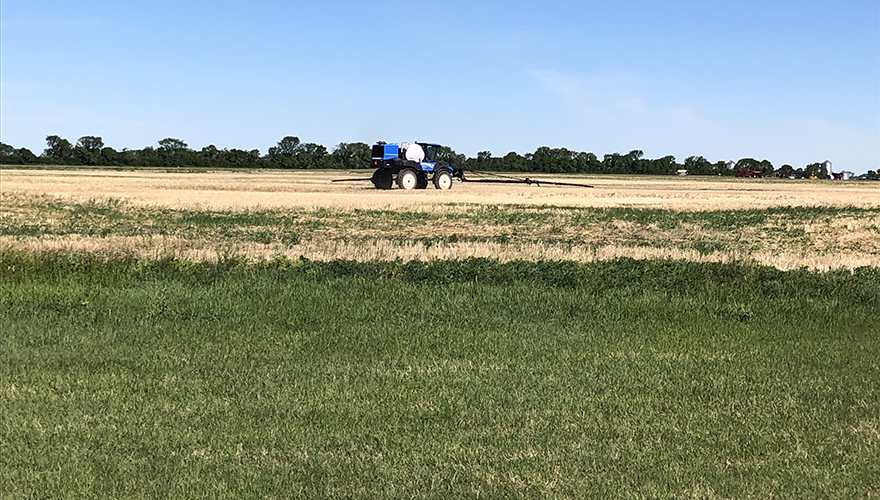Posted November 13, 2019 | By: Perry Ross
OPTIMIZING YOUR CORN CROP: WHY DUAL PURPOSE HYBRIDS PROVIDE THE BEST CHANCE OF SUCCESS
Corn used to be grown only in southern Alberta and a handful of other places in the province. But that’s not the case anymore.
Corn can now be found in areas you’d never expect, stretching as far north as the Peace River Country. Some growers may only be trying it on a few dozen acres, but as they achieve success with the crop and see that their neighbours are too, corn is gaining a lot of converts among Alberta farmers.
What’s behind this trend? I think it has a lot to do with the wealth of information that’s available today, both online and elsewhere. It’s easy for Alberta growers to find do’s and don’ts and learn from others’ experiences to expand their knowledge about growing corn.
Here’s an example. A farmer I know near Nanton grew corn for the first time last year and had mixed results. It was a different story this year. Some research on the agronomics of growing corn allowed him to get a better handle on what was required, and the result is a good crop that he’s excited about.
Of course, the biggest driver for the expanding corn acres in our province is the new short-season corn hybrids that are head and shoulders above what was available 10 years ago.
Thanks to technological advancements in seed, corn is now suitable for many different climates within Alberta.
If you’re thinking about adding corn to your rotation, the key is selecting the right corn hybrid to maximize your yield potential while at the same time minimize your risk.
These days, many Alberta growers are choosing dual purpose hybrids, which are designed to have high yield and quality potential for both silage and grain corn crops.
The primary benefit is flexibility. If it’s a good season weather-wise and your crop has flourished, you can sell it for grain, but if growing conditions aren’t great or an early snowfall sets your crop back, you have the silage market to fall back on.
When it comes to selecting seed, growers can consult with their neighbours and agronomists about what kind of corn hybrids have been successful in their area.
They can also review trial data such as the Proven Performance Trials focusing on corn grain/silage results that Proven Seed has been running across Alberta for the past few years to see which hybrids are the highest performers in their region.
Yield, of course, is always top of mind, but there are other important attributes that growers look for in their corn hybrids. These include disease tolerance, early season vigour, standability, grain dry down and the right balance between feed quality (starch level) and yield.
After determining which hybrids offer the best match for the environmental conditions in your area, I recommend planting two or three different ones if you can and using a corn planter if possible for the best results. By selecting a diverse mix of hybrids, you will minimize your risk.
FEATURED LINKS
NEWSLETTER
Want to stay caught up in all things agriculture? Sign up for the newsletter and get all the latest news straight to your inbox.
Optimizing Your Canola Hybrid
Posted November 18, 2019





